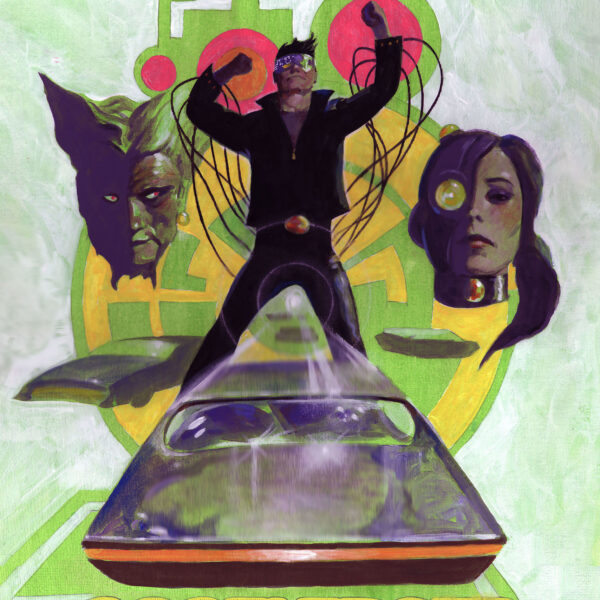On October 12, 1969, an anonymous caller dialed in to Detroit radio station WKNR-FM and told DJ Russ Gibb that “Paul McCartney died in 1966” and then offered up a bevy of clues to authenticate his theory.
Two days later, The Michigan Review published an article by student Fred LaBour, who had listened to the exchange on Russ Gibb’s show, and not only did he agree that Paul died in 1966, but he went further. Using the initial theory as a springboard, LaBour posited the idea that McCartney had been replaced by a double to save the souls of tens of millions who wouldn’t be able to bear the news of the smiling Beatle’s untimely demise. As proof, LaBour told his readers all they had to do was listen to the lyrics on the latest Beatles albums, sometimes playing them backwards, and check out the cover art. The band was methodically laying out the true story of Paul’s death and replacement for fans astute enough to read the signs.
Paul Is Dead picks up where those conspiracies end, taking a slightly opposite, askew approach, going straight to the heart of a larger question – why would anyone want to believe Paul had died in the first place? Rumors that sweep the world don’t congeal out of thin air. What was going on in the years between 1966 and 1969 that could convince a significant part of the population that their favorite Beatle may have either committed suicide or disappeared? Even more, had been replaced?
It's a legitimate question, one that gets bigger the further you dig into the story. For it requires not only a return to the origins of Paul McCartney, but to the origins of the Cold War world where young entertainers became unknowing proxies for intelligence services, and to the beginnings of how the notion of “fame” changed in a society given over to the non-stop presence and influence of media and television.
The story of Paul Is Dead also doubles as the story of how our modern world was birthed, and how it has driven all of us – possibly Paul McCartney included – to a universal manic state of alienation, fragmentation, image worship, mass hysteria, confusion, and conspiracy. But it’s also a modern world that can be deciphered and decoded using the skeleton key provided by Mennuti and Mancuso, who lift the veil on what our programmers call “entertainment” and “culture” to show the manipulative heart underneath, and a way past the powerful messaging.
Click the fullscreen icon (far right) for an enhanced reading experience




